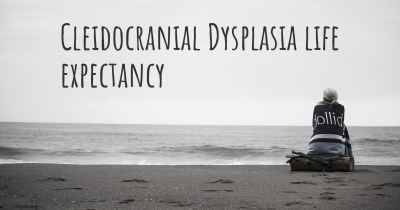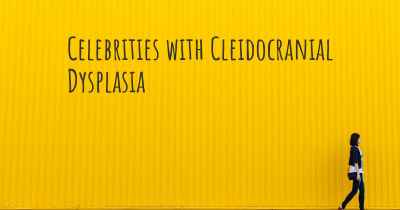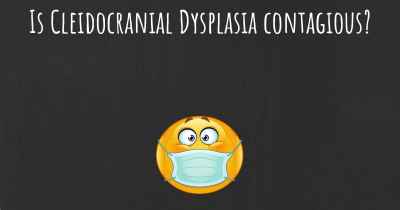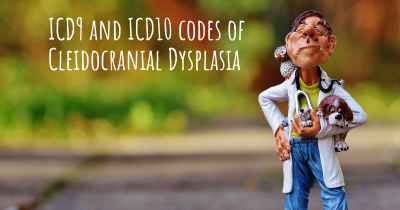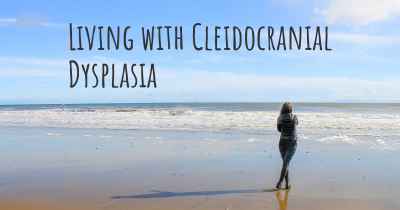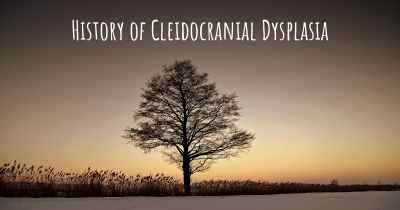Is Cleidocranial Dysplasia hereditary?
Here you can see if Cleidocranial Dysplasia can be hereditary. Do you have any genetic components? Does any member of your family have Cleidocranial Dysplasia or may be more predisposed to developing the condition?
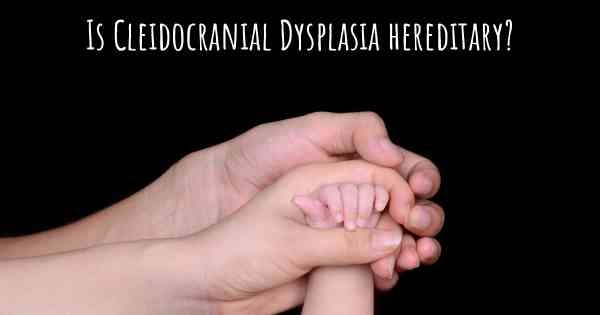
Cleidocranial Dysplasia is a hereditary condition characterized by abnormal development of bones and teeth. It is caused by mutations in the RUNX2 gene, which is passed down from parents to their children. This means that the condition can be inherited from an affected parent. However, it is important to note that not all individuals with the gene mutation will develop the condition, as its severity can vary. Genetic counseling is recommended for families with a history of Cleidocranial Dysplasia.
Is Cleidocranial Dysplasia hereditary?
Cleidocranial Dysplasia (CCD) is indeed a hereditary condition, meaning it can be passed down from parents to their children. It is an autosomal dominant disorder, which means that an affected individual has a 50% chance of passing the condition on to each of their children.
What is Cleidocranial Dysplasia?
Cleidocranial Dysplasia, also known as Cleidocranial Dysostosis, is a rare genetic disorder that affects the development of bones and teeth. It primarily affects the bones of the skull and collarbone, leading to various skeletal abnormalities. Additionally, it can cause delayed closure of the fontanelles (soft spots) on the skull, dental abnormalities, and other skeletal issues.
How is Cleidocranial Dysplasia inherited?
Cleidocranial Dysplasia is caused by mutations in the RUNX2 gene, which plays a crucial role in bone and cartilage development. These mutations are typically inherited from an affected parent, but in some cases, they can also occur spontaneously during the formation of reproductive cells or early embryonic development.
What are the chances of inheriting Cleidocranial Dysplasia?
If one parent has Cleidocranial Dysplasia, each child they have has a 50% chance of inheriting the condition. This means that for every child born to an affected parent, there is an equal chance of them having Cleidocranial Dysplasia or not having it.
What are the symptoms of Cleidocranial Dysplasia?
The symptoms of Cleidocranial Dysplasia can vary widely between individuals, but some common features include:
- Delayed closure or incomplete formation of fontanelles (soft spots) on the skull
- Delayed eruption or absence of permanent teeth
- Abnormal collarbones or clavicles
- Short stature
- Widely spaced eyes
- Flat nasal bridge
- Prominent forehead
- Other skeletal abnormalities
Can Cleidocranial Dysplasia be diagnosed?
Yes, Cleidocranial Dysplasia can be diagnosed through a combination of clinical evaluation, medical history analysis, and genetic testing. X-rays and dental examinations can also help in confirming the diagnosis and assessing the extent of skeletal and dental abnormalities.
Is there a treatment for Cleidocranial Dysplasia?
While there is no cure for Cleidocranial Dysplasia, treatment focuses on managing the symptoms and complications associated with the condition. This may involve a multidisciplinary approach, including dental interventions, orthodontic treatment, and surgical procedures to correct skeletal abnormalities. Regular monitoring and follow-up care are essential to address any emerging issues and ensure optimal management.
Conclusion
Cleidocranial Dysplasia is a hereditary condition caused by mutations in the RUNX2 gene. It can be passed down from affected parents to their children. The condition affects bone and tooth development, leading to various skeletal abnormalities. While there is no cure, appropriate management and treatment can help individuals with Cleidocranial Dysplasia lead fulfilling lives.
Posted Feb 12, 2018 by Mariana 300
Posted Feb 12, 2018 by Mariana 300
